This is a 1000W sine wave inverter with up to 94% efficiency and perfect protection.
figure 1:
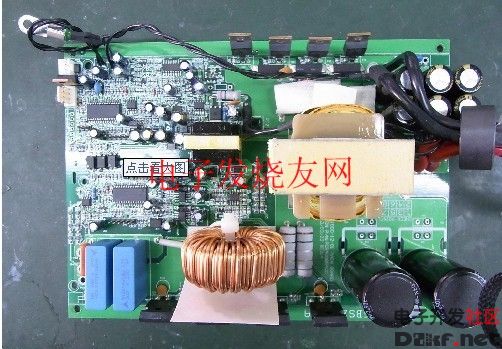
figure 2:

image 3:

Figure 4:
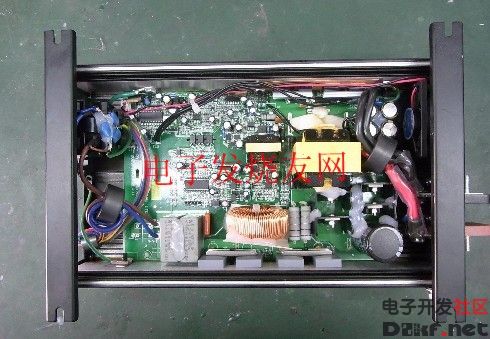
Figure 5:
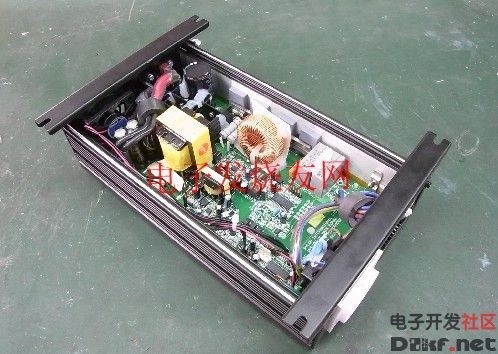
Figure 6:
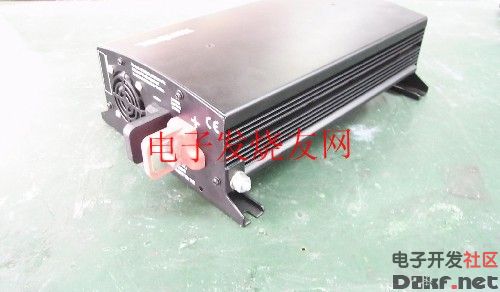
Figure 7:
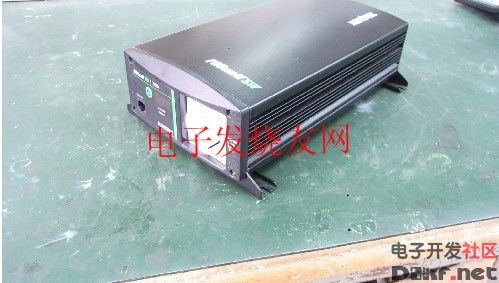
Figure 8:
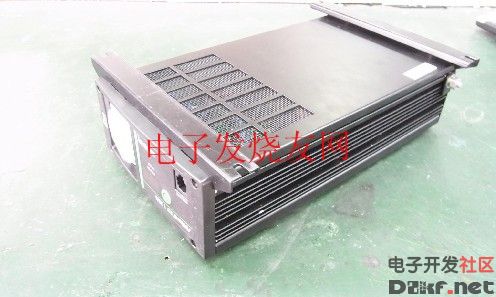
Figure 9:
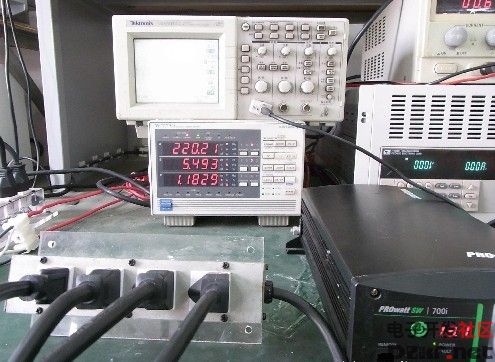
Figure 10:
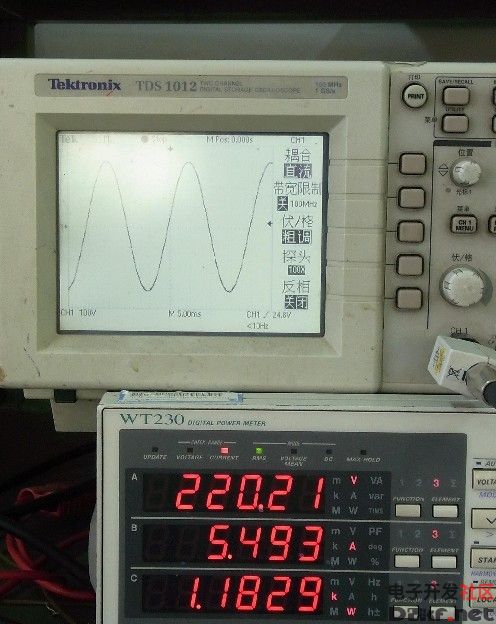
Figure 9 and Figure 10 show the inverter with 1200W load with WT230 power meter to monitor voltage, current and power. The oscilloscope monitors the inverter output waveform. The inverter has a high load carrying capacity and can start 1/2HP motors, chainsaws, refrigerators, TV sets, induction cookers, and microwave ovens. There are voltage, current and power monitoring displays, including battery high voltage alarm, high voltage protection, battery low voltage alarm, low voltage protection, over temperature alarm, over temperature protection, output over voltage protection, overload protection, short circuit protection and remote remote control function.
Figure 11:
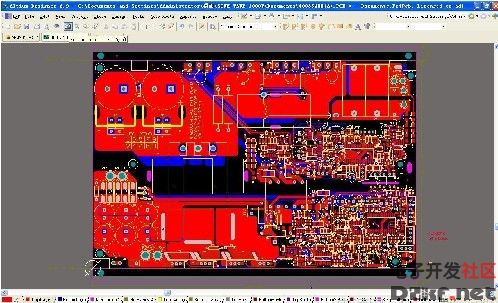
Figure 11 shows the PCB layout of a 1000W sine wave inverter.
Figure 12:
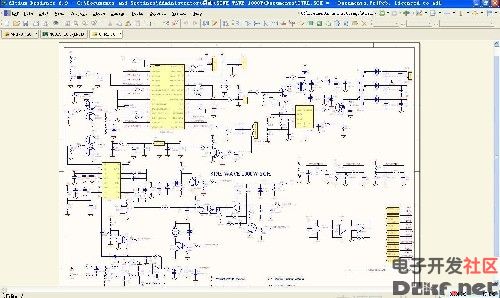
The schematic of Figure 11 consists of an auxiliary power supply, a DC-DC boost control section, a DC input voltage, current, and power monitoring microprocessor.
Figure 13:

The schematic of Figure 13 is comprised of a DC-DC power section, a DC-AC power section, a DC-AC control section, and an output protection circuit. The DC-AC control is mainly generated by Microchip's 16-bit DSP DSPIC30F2010 SPWM through the DC-AC power section to obtain a pure sine wave. See the DSP programming section for the specific algorithm for generating SPWM.
Figure 14:
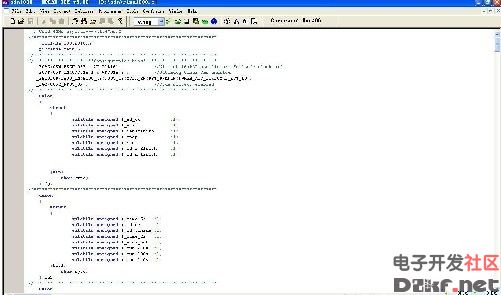
Figure 15:
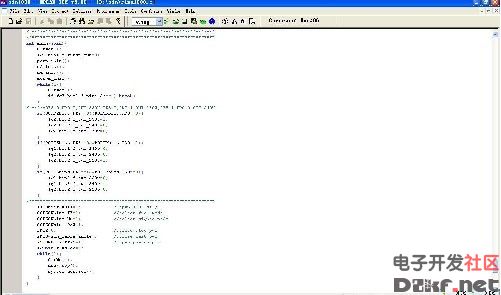
Figure 14 and Figure 15 show the DSP DSPIC30F2010 program design. The algorithm for generating SPWM is briefly introduced below. First, a constant list is generated with the alternating current expression Umsin ωt, where Um is the amplitude of the alternating current and also the DC boost. The software obtains the SPWM whose duty cycle changes with the sinusoidal function by looking up the table, and then converts it into a pure sine wave voltage through the DC-AC power part. When Um is constant, the output is a stable AC voltage, but the actual DC boost is not very stable. Therefore, it is necessary to multiply the AC expression Umsinωt by a coefficient C as compensation to obtain a pure and stable sinusoidal AC voltage. The compensated AC expression is UmCsinωt, C=Um/U Um is the output sinusoidal AC voltage amplitude, U is the current DC boost, and the output is stable sinusoidal AC voltage when U≧Um.
Here's an example of how to compensate:
Assume that the current DC boost U is 360V, the output voltage is 220V AC, and the side AC power amplitude Um is 311.08V, C=311.08/360=0.864. At this point, the software obtains the current SPWM duty cycle by looking up a constant in Umsinωt and multiplying by 0.864.
Insulation PVC Fiberglass Sleeve
Insulation Pvc Fiberglass Sleeve,Pvc Coated Fiberglass Sleeve,Pvc Fiberglass Insulation Sleeve,Pvc Fiberglass Cable Sleeve
Longkou Libo Insulating Material Co.,Ltd. , https://www.liboinsulation.com